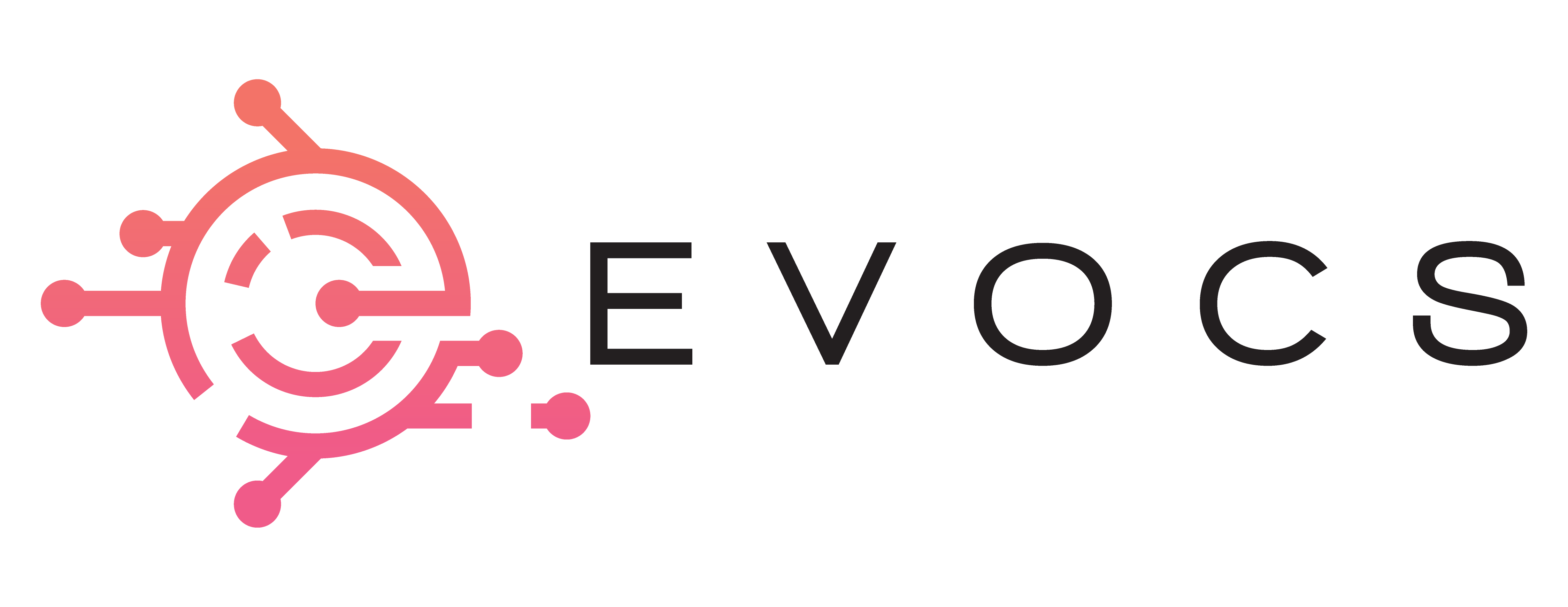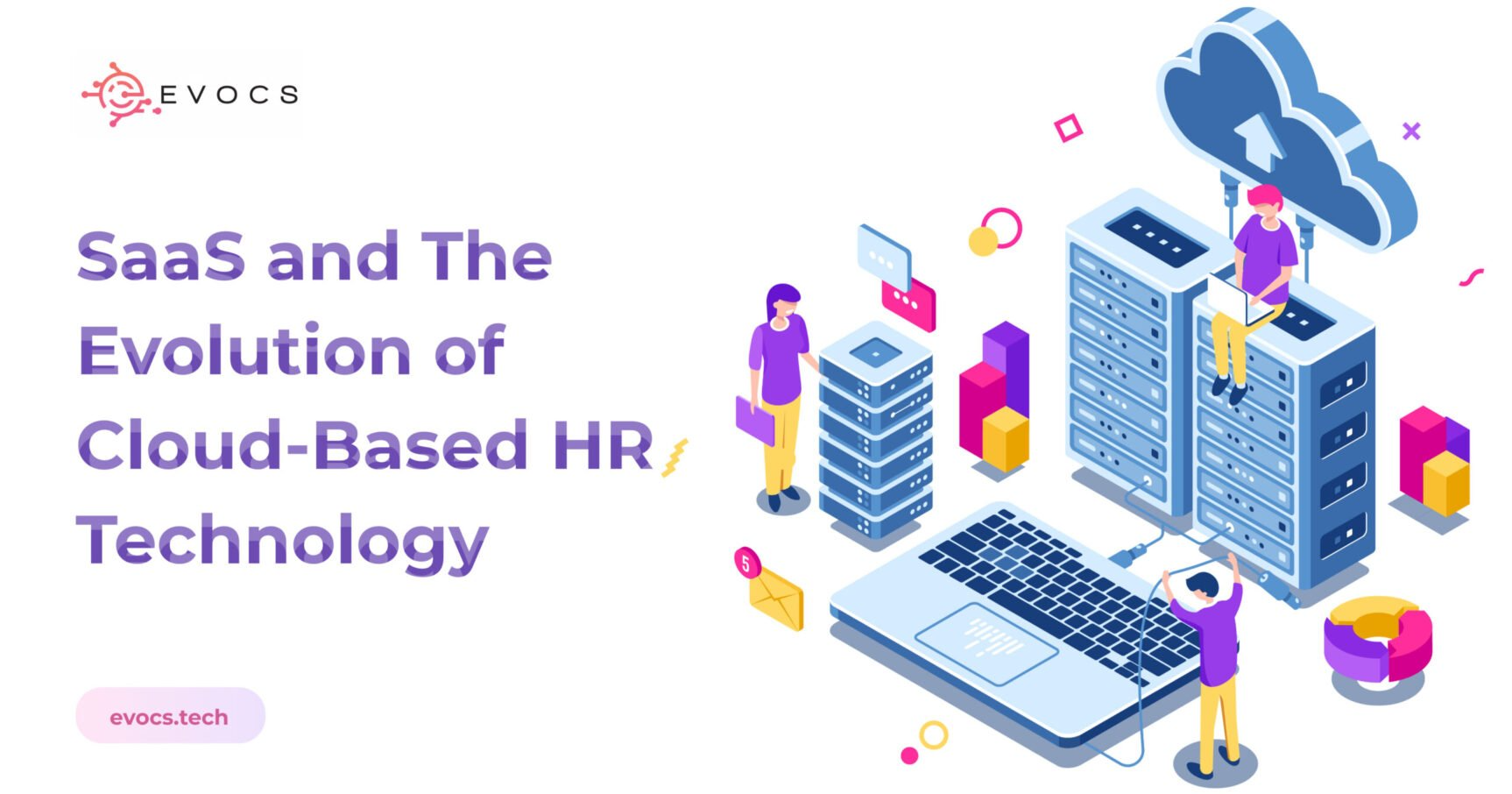SaaS & The Evolution of Cloud Based HR Technology
The ongoing evolution of Technology and its impact on HR. Society has witnessed a surge of technological advancements and innovations in the last century across all industries. The world baby boomers and millennials were born into is now starkly different from the world that exists today. Computers came onto the scene in the 1950s and in infiltrated the workplace by the 80s & 90s making tedious workplace tasks much more efficient. Unless they were being intentionally ironic, we would be hard pressed to find a company today that didn’t have computers because this has now become our baseline. It’s hard to envision, but even email as a widespread tool only began its emergence in the 1990s! Technology is here to stay and has opened the door to the creation of various innovative services to fill the gaps that have organically occurred when companies started migrating from paper to computers. Peoplesoft was the first HR system and is a relational database built on SQL that could only be accessed if the program were installed on your computer. Fast forward to today and we have cloud based SAAS HCM solutions like Workday that manage the entire lifecycle of an employee. Now, with recruiting, onboarding, cross-boarding, talent management, compensation & benefits and off boarding data “living” in the same system, companies are unlocking and discovering the unimagined insights this data holds. What is Human Capital Analytics or People Analytics? The term human capital, coined centuries ago, became popular in the 60s and is used to describe the mixture of skills, knowledge, experience, habits and personality in each of us that can be put to productive use as described in the article, What Is Human Capital? Everything You Need to Know. So then, what is Human Capital Analytics? Our friends over at SHRM describe it as understanding the power of human capital to transform businesses by applying simple logic, and not just numbers (“Human Capital Analytics – Foundation Level Workshop,” 2017). In other words, Human Capital Analytics, is how organizations attain valuable insights from areas like employee engagement, talent management and organization network analysis, to drive change and streamline processes. Human Capital Analytics, along with technology has advanced rapidly as organizations clamor for sophisticated cloud-based solutions to optimize HR in an efficient and consistent manner. Human Capital Analytics is quickly becoming the foundation on which HR stands as the interactions of various functions within HR provide the powerhouse of data that analytics and insights are derived from. One can easily predict that in years to come HR & Human Capital Analytics or People Analytics will be so intertwined that it would be hard to tell where one ends and the other begins. The symbiotic relationship makes way for organizations to quickly & firmly make important decisions without delay The Future of HR and Technology HR is now experiencing another transformative phase based on the prioritization of employee well-being, cultural shifts in societal norms & future of work accommodations. This has sparked a burst of innovation that ultimately aims at taking HR Technology to the next level, with human capital at the forefront. We can expect to see innovative approaches that solve preexisting problem areas within organizations and even bridge gaps we may have been unaware of. As predicted in this HR Technology trends article, here are the key areas where we can expect to see the most innovation: Artificial intelligence and machine learning Blockchain integration Decentralized HR evolving new management skills Digital learning, training, & development Technology that elevates hybrid working Compliance with the D&I, DEI, and DEI&B Tech developing for the well-being of employees The above items are quickly becoming the new baseline and companies that are still using older software to manage their HR function will quickly realize that they are no longer attracting or retaining top talent. Quite a few small & mid-sized companies need to turn their focus to first modernizing their HCM approach and secondly leveraging their HR tools to optimize their workforce’s talent. Larger organizations are already ahead of the curve and are snatching up valuable human capital resources. To give an example of the types of innovation witnessed thus far, the company Polinode hits almost all the points above, performing organization network analysis (ONA) by using artificial intelligence & machine learning, a sophisticated approach to analyzing the networking relationships of a company’s human capital. Using the insights uncovered, companies can identify influencers, uncover hidden talent, update succession planning and analyze how the uncovered relationships impact DEI. Once companies like Polinode provide such valuable insights, it is of course up to the organization to leverage the data and take action in a manner that is best aligned with the company’s overarching goals. Advanced Workday Reports An advanced report is a workhorse for generating in-depth and customized reports in Workday. It’s the go-to option for most reporting needs within the platform. Here’s what makes it powerful: Detailed Data: Advanced reports allow you to pull data from multiple Workday business objects, giving you a comprehensive view. Think of business objects as categories of information, like employees, finances, or training. By joining these objects, you can create reports that analyze relationships between different data sets. Filtering and Sorting: These reports offer granular control over the data you see. You can apply filters to focus on specific criteria, like a particular department or date range. Additionally, multi-level sorting lets you organize the information in a way that best suits your analysis. Complex Design: Advanced reports aren’t limited to basic tables. You can create reports with multiple heading levels and subtotals, making them ideal for complex data presentations. Sharing and Security: Once you’ve built your report, you can control who has access to view it. Sharing options allow you to distribute the report to relevant colleagues. In summary, advanced reports in Workday are a powerful tool for creating insightful and customized reports that answer your specific business questions. Composite Reports Description: Composite reports combine data from multiple sources into a single report,


